How to Engage a Virtual Team
How to Engage a Virtual Team
Use Colorful, Space Age Strategies to Connect Remotely
I’ve led hundreds of workshops on how to make virtual engagement easy, and I learn from every group and organization I work with through failure and success. Drawing from that experience, I’m excited to share two strategies you can use to increase engagement with your virtual team: one inspired by NASA astronaut training and another from a kind, creative gentleman I met virtually who lives outside Toronto.
The first method was adapted from an idea developed by Chris Hadfield. He’s the astronaut who became famous for playing songs in space and making cool videos. He shares the original idea in his international bestselling book, An Astronaut’s Guide to Life on Earth.
I’m renaming this technique and applying it to virtual team engagement. We’re going to call it the ‘green card’ technique.
The second strategy we’re going to unpack is from a lovely Canadian chap named Jan Keck. He facilitates virtual team building and connection. We’re going to call the technique that’s adapted from his brilliant idea ‘colorful polls.’
Space Age Training: the Green Card Technique
You can’t see this, but I’m currently wearing my Milky Way Galaxy T-shirt. (It features a carton of milk spilling into dark cosmic space—very tongue in cheek.) Yes, I’m a bit of a space nerd.
At NASA, an astronaut’s job is about 99% training and 1% going to space. (OK, so I don’t know the actual figures, but you get the idea.) Naturally, NASA is really good at training astronauts. They go over every foreseeable scenario. In the middle of a training simulation, green cards are used to signal random events that change the game.
Say, for example, a bunch of astronauts are in a pool at NASA headquarters. Submerged underwater is a replica of the international space station, and they’re working on a simulated exercise. They might be performing mock repairs on the space station. Suddenly, the simulation instructor holds up a green card, and announces there’s a fire in the east bay. The astronauts need to put it out right away. Of course, I’m making up this particular example and not using space jargon, but that’s the idea. Random events change the game.
This is an effective way to prepare people for the unexpected. I’ve used this in virtual meetings and with remote teams. At any point in time an employee or team leader can throw a green card. (You don’t actually need to use a green card. Just find something green. Or make up your own symbol.) Again, the idea is to symbolize a random event that is about to mix things up.
You can use this in the middle of a virtual meeting. For example, if you notice everyone’s energy seems to be flagging, you can hold something green right up to your camera to get everybody’s attention. Then you might say, “Green card. I’m recognizing that I’m getting a little bit sleepy, so I’m assuming that is true for some of you.” Then you might suggest taking a quick break to play the Wikipedia game.
If you’re not familiar with the Wikipedia game, you pick two random, completely disconnected words or concepts. You might pick, say, Genghis Khan and the color blue. Then have everybody go to Genghis Khan’s Wikipedia page. The goal is to get from that page to the Wikipedia page for the color blue without typing anything. Team members can only click hyperlinks to get from one place to the next.
This serves as an active attention reset. It’s a random example, but it illustrates the point that doing anything considerably different from your current cadence, topic or energy level will reengage the group.
To recharge another way, you could hold up the green card and have everybody shut off their video. Be on mute for two minutes. Stretch, and do something physical that raises your heart rate at least 10 beats per minute. We know that the brain learns better when there’s more blood flowing through it. You need to vary your cadence in meetings.The longer you meet as a team, and the more years you’ve worked together virtually, the more you need to mix it up.
Colorful Polls
This idea is so simple, flexible and brilliant, and can be used in lots of contexts. Thanks to Jan Keck for introducing the concept to me.
One of the most important aspects of virtual engagement is inviting contribution from your team. If your team is just passively consuming what’s happening in a meeting or they go from one meeting to the next without saying anything, you can expect disengagement.
Depending on the size of your team, it’s not always possible for everybody to speak or share in a really significant way. You can, however, still create small but meaningful ways for people to contribute.
Per the name, the colorful polls exercise uses any object around the person’s computer station that’s colorful. You get to choose the colors. It’s a creative way for people to have a vote. You could say if you like chocolate ice cream, hold something blue up to your camera. If you like vanilla more than chocolate, hold up something green. You’re just attaching meaning to colors.
Pick two to three colors that mean different things. You could put these on a slide and invite people to go find an object of the same color or an object that has all of those colors. Then use that to participate in a multi-color poll.
Switch into gallery view in Zoom or whatever platform you’re using to meet. Go through a series of prompts to gauge the group’s feedback or perspective on a topic.
Three colors that are really simple to use are—like a traffic light—red, green and yellow. Utilizing these colors is a great way to make decision-making visual and quick.
You could say, “We’ve talked about this idea for the last 50 minutes. Just to check the pulse, are you a green light—you want to move forward with the idea; a yellow light, maybe it’ll work, but you think it needs to be tweaked; or a red light—this is a very bad idea? Can you just hold that color up to your camera?”
You can see if the screen turns red, green or yellow, or is split. This gives you a quick visual sense for how to proceed. Colorful polls produce cool visual effects as well. It’s much more visually interesting than launching a poll in Zoom, or another platform or app.
Now obviously this kind of “polling” is more qualitative. You’re not likely to have everyone freeze and take a screenshot to count votes. But the idea is to turn a poll into a color, and make your polls visual. It’s amazing how that invites people to share their voice in a very simple yet creative way.
With even 60 seconds of preparation, these two colorful methods will add some new life and engagement to your meeting, training, workshop or virtual conference.

